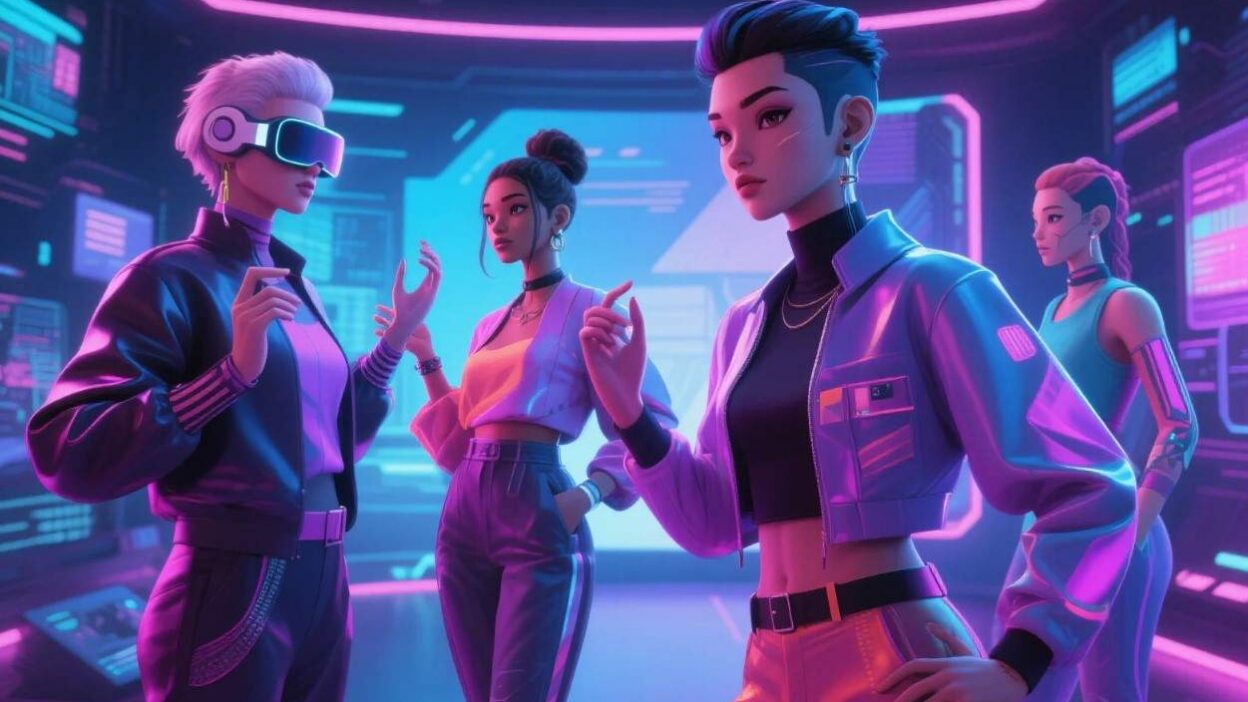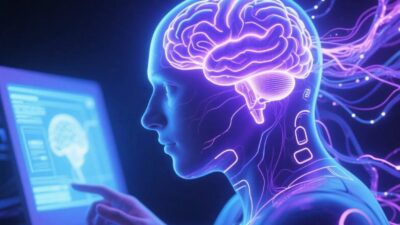From Static Avatars to Dynamic Personalities
Virtual influencers—digital characters that engage audiences via social media, ads, or live streams—have surged in popularity. Now, AI is taking them further: AI-generated virtual influencers with evolving personalities blend generative AI, machine learning, and real-time data to create dynamic, adaptive digital personas. These influencers don’t just post content—they learn, grow, and connect with audiences in human-like ways. This report explores their rise, technology, and impact.
What Are AI-Generated Virtual Influencers?
AI-generated virtual influencers are digital avatars created using tools like generative adversarial networks (GANs), large language models (LLMs), and computer vision. Unlike static characters, they:
- Generate Content: Use NLP to craft posts, captions, or scripts, and computer vision to render lifelike visuals (e.g., facial expressions, gestures).
- Adapt Over Time: Machine learning models analyze audience feedback (likes, comments, shares) to refine their tone, interests, or style. For example, a fashion influencer might shift from minimalist to bold styles if her audience engages more with vibrant posts.
How Do Their Personalities Evolve?
Evolving personalities rely on feedback loops and adaptive algorithms:
- User Interaction Data: Likes, comments, and watch time reveal audience preferences. An AI might notice a spike in engagement when discussing sustainability, prompting the influencer to prioritize eco-friendly content.
- Sentiment Analysis: NLP tools gauge emotional tone (positive, negative, neutral) in audience interactions, adjusting the influencer’s voice to match mood (e.g., more empathetic during crises).
- Trend Integration: Real-time data from social media trends (e.g., viral challenges, hashtags) is fed into the AI, enabling the influencer to stay relevant (e.g., joining a TikTok dance craze).
Applications: Where Are They Making an Impact?
- Marketing & Branding: Brands like Glossier and H&M use AI influencers to test product appeal. A virtual beauty influencer might evolve her skincare routine based on user reviews, showcasing authentic “trial and error” to build trust.
- Entertainment: Platforms like Twitch and YouTube host AI streamers who adapt gameplay commentary to viewer reactions (e.g., cracking jokes if chat is lively, calming down during intense moments).
- Education: AI tutors with evolving personalities (e.g., patient, energetic, or analytical) tailor lessons to students’ learning styles, keeping engagement high.
Ethical Considerations: Balancing Innovation and Responsibility
- Privacy: Training data often includes user interactions, raising concerns about data misuse. Strict anonymization and consent are critical.
- Misinformation: Evolving personalities could inadvertently spread false narratives if the AI misinterprets trends (e.g., amplifying harmful stereotypes).
- Human vs. AI: Will audiences prefer human influencers, or can AI offer unique value (e.g., 24/7 availability, zero bias)? Early adopters suggest AI complements, rather than replaces, human creators.
The Future: More Human Than Ever
Next-gen AI influencers will likely:
- Integrate AR/VR: Immersive avatars in virtual spaces (e.g., metaverse concerts) with hyper-realistic expressions.
- Develop Emotional Intelligence: AI that recognizes and responds to nuanced emotions (e.g., comforting a sad viewer).
- Cross-Platform Adaptation: A single influencer might shift personas seamlessly between Instagram (casual) and LinkedIn (professional) based on context.
Redefining Digital Connection
AI-generated virtual influencers with evolving personalities are more than a trend—they’re a glimpse into the future of human-AI interaction. By blending creativity with adaptability, they bridge the gap between static content and genuine connection. As technology evolves, these digital personas will redefine how we engage, learn, and build communities online.



